Food Forest, Farm and Restaurant
Attempting to transform the Hiawatha Golf Course in Minneapolis 2017-19
In 2014, the Hiawatha golf course in Minneapolis Mn flooded extensively. The course is next to Lake Hiawatha, which is a pass-through for historic Minnehaha creek. The entire area was a wild rice wetland pre-colonization, with a smaller, very shallow lake called Rice lake. Rice lake was dredged from 1929-31, the fill used to build up the other half of the wetland to create the golf course. In a dry year, the fairways could be like walking on a sponge, the water table only a few feet below grade. A berm separates the course from the lake and some of the course is lower than the lake. The golf course was closed for two years.
In 2016 it was made public, the Park Board was pumping about 158 million gallons of water from the course each year before 2014, to make the course playable. The DNR permit only allowed for 36mil gallons to be pumped, as all manner of nasty chemicals would be sprayed on the course, theoretically limiting pollution. The Mississippi is only two miles downstream.
In 2017, the Park Board voted to close the course, as it had not been profitable since the 2008 credit collapse, it being an inner-city course, and significantly blue-collar. All hell broke loose in the local golfing community.
The election in 2018 turned over several seats on the Park Board, the new Board voted to keep the course but turn it into a 9-hole course, dredging much of the existing course and using the fill to build up the nine holes. The new plan tried to satisfy everyone, satisfying no one.
When the Park Board voted to close the course in 2017, I started writing a proposal to turn it into a food forest, farm and restaurant non-profit. Grow lots of food on-site, to serve in a restaurant on-site, with an interpretive center with it’s own kitchen for classes on cooking fresh and preserving: big gardens, greenhouses, a 30 acre food forest. Create lots of jobs and teach school kids about growing, gathering, preserving and cooking real food. People would come from all over the world to see it and participate.
I asked a friend, Randall Rogers, to sketch some art, from my rough drawings.
Everybody I talked to about it said a variation of, “that is a great idea; but it will never happen.”
Then in 2019, a group of influential, successful black men, who once a month met at Hiawatha to play, published an article in the Star Tribune, asking to keep the 18-hole course.
Not long after, the Park Board voted to dedicate the new 9-hole course to black golfers in Minneapolis. The pretense was, Hiawatha was the site of two black-only tournaments in the 60’s.
This had the effect of squelching all other considerations. Any suggestion thereafter could be called racist.
I had just formed a non-profit, with a plan to go public.
Then covid happened, George Floyd happened and Minneapolis descended into chaos. I worked for the Park Board, 2021-22, thinking I might be able to sell the idea from within. I left Minneapolis in the spring of 2022.
The course remains unchanged, 18-holes, in 2024. Millions of dollars have been spent, planning, changing nothing. last I heard the Master Plan formalized in 2022 was going to cost about 60mil to make the course smaller and less profitable, surely with inflation now 80mil. I was proposing $40 mil, to make it profitable and an asset to the entire community. I was probably being naive, they would have found a way to spend 150mil implementing my plan.
Anyway, I’ve been thinking about that lately. I typically post every three or four days but I have been preoccupied lately with a scaled down plan for my small town, focused this time on a full time venue for music. Many of the same elements, growing food on site, selling plants, a bar and a kitchen, growing and value adding cannabis, all of it focused around music. A cultural hub for the region, to generate a conversation about the importance of local culture and resilience.
I’ve been a little dissatisfied of late, writing on Substack, ranting so much about how wrong everything is. It began to feel like the Great Recession, writing my blog at the time, writing at the Doomstead Diner, constantly cycling through doom. What about real life? What are we doing here, if not taking what we learn into our daily life and making change?
Sharing my plans locally, I’m hearing some of the same, “That’s a great idea, but….” I’m more optimistic though, in this small town where I grew up, about getting things done.
That again is the essence of magic: imagination, intention and will. One can only follow through with the process, the universe will reveal whether or not the vision is possible. Some plans simply cannot be realized, but you learn and grow regardless. If the plan is possible though, you can realize it if you are willing to do the work necessary to go from vision to reality. I will keep you posted.





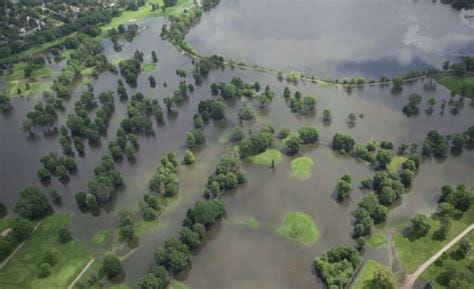
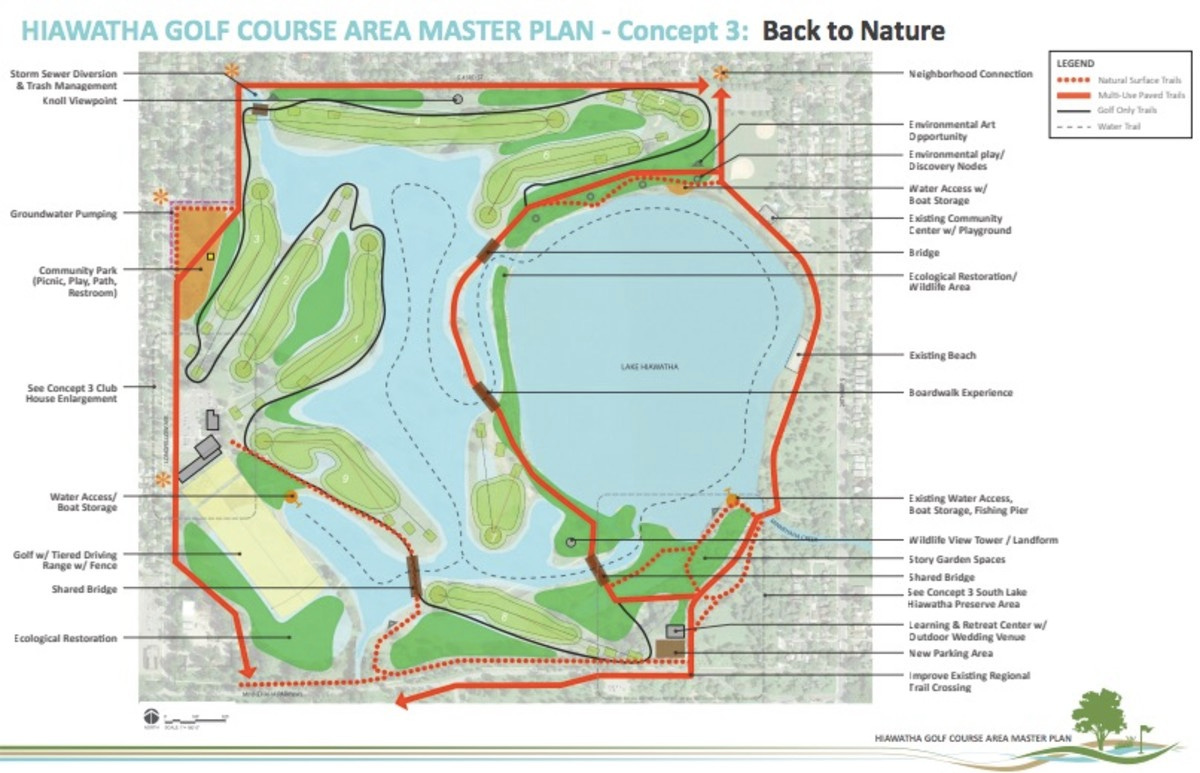
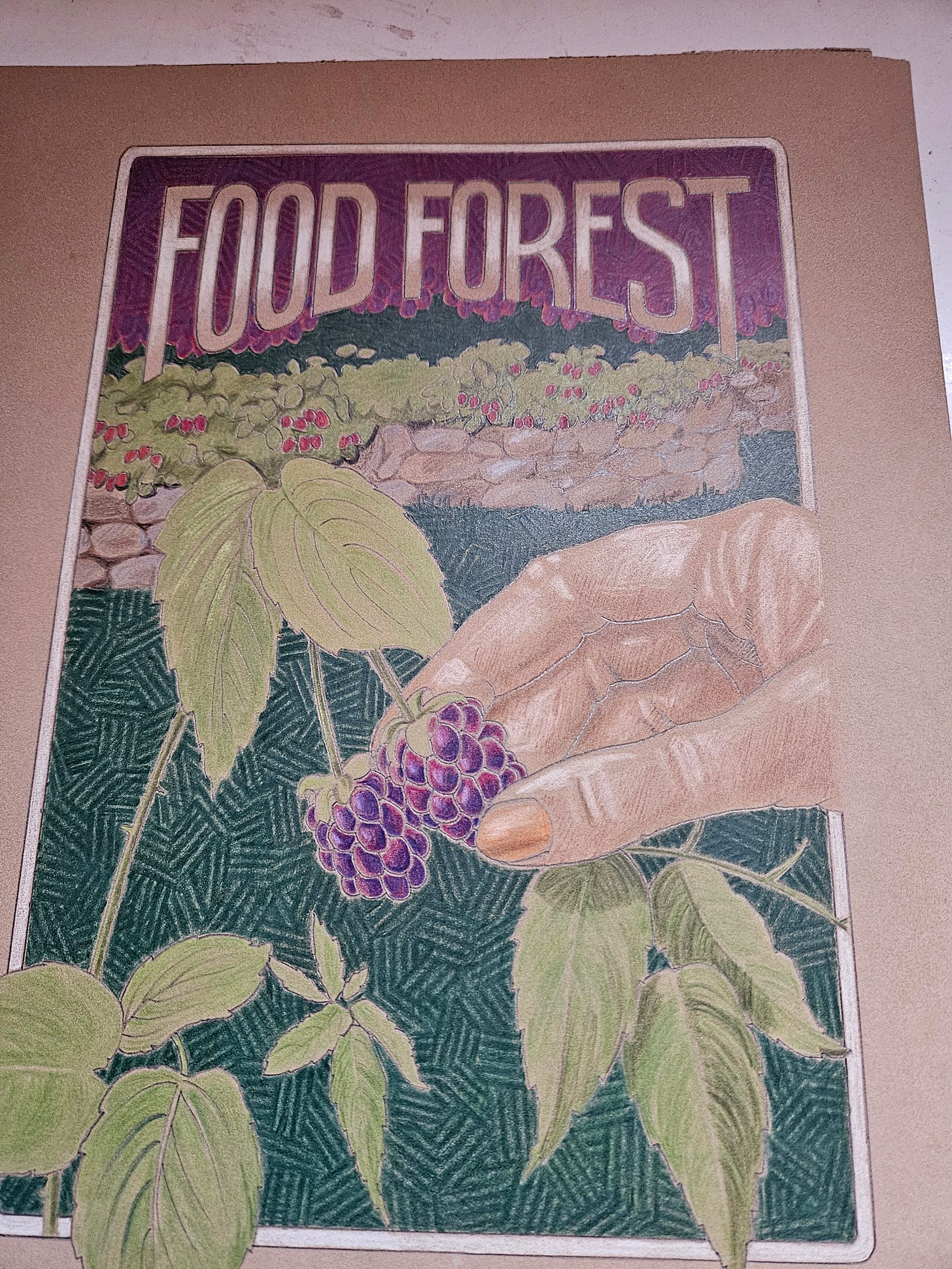
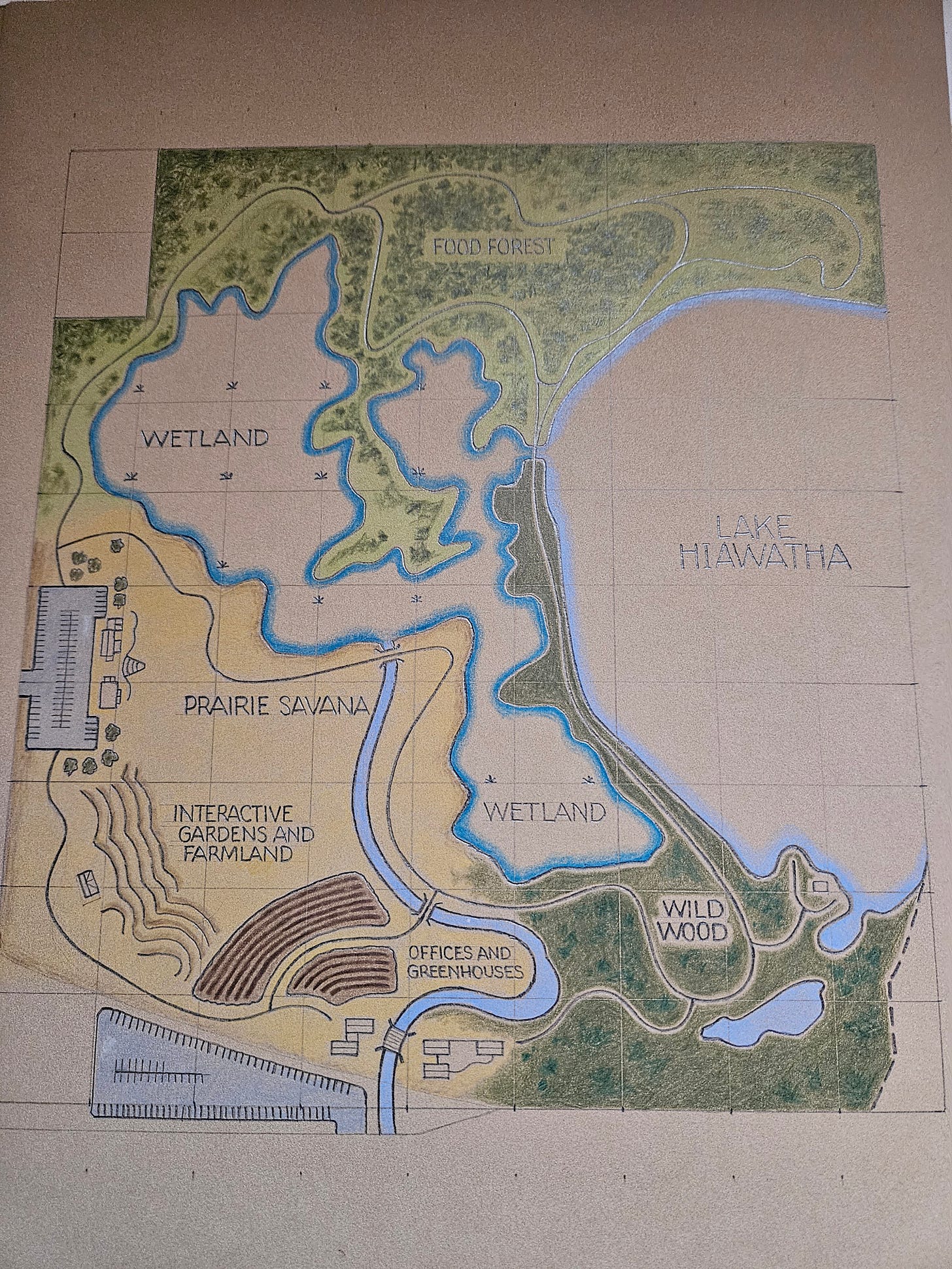
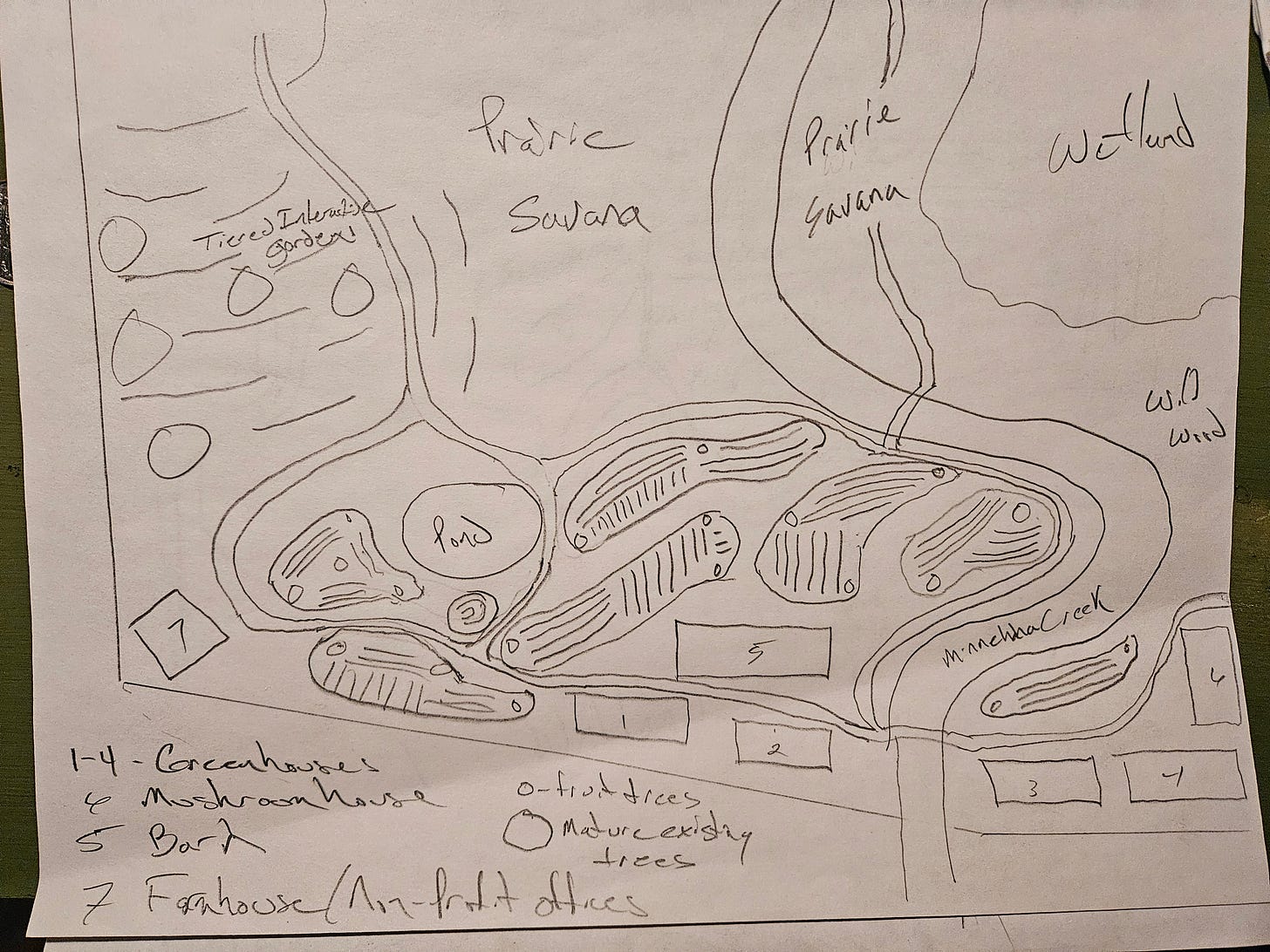

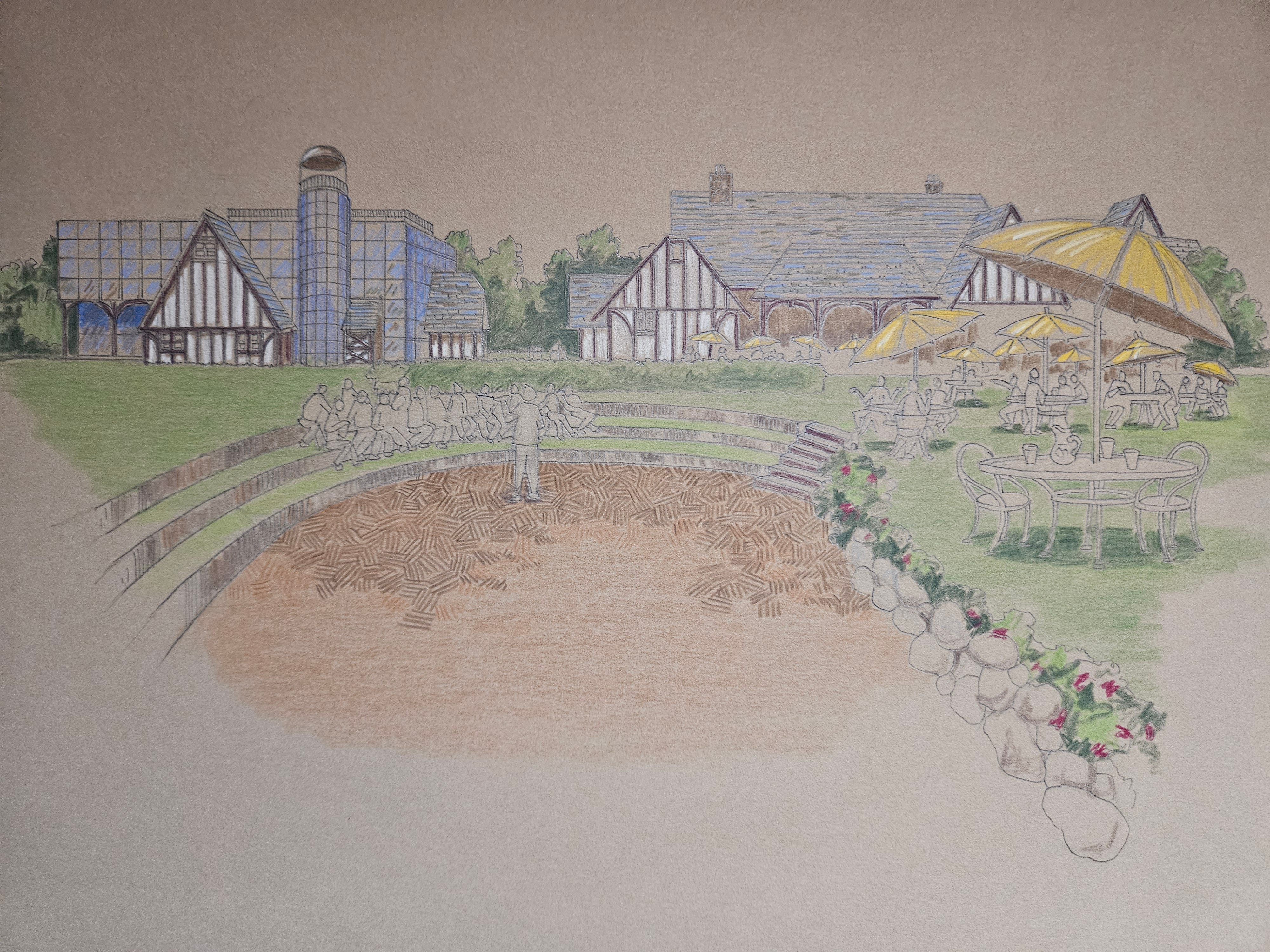

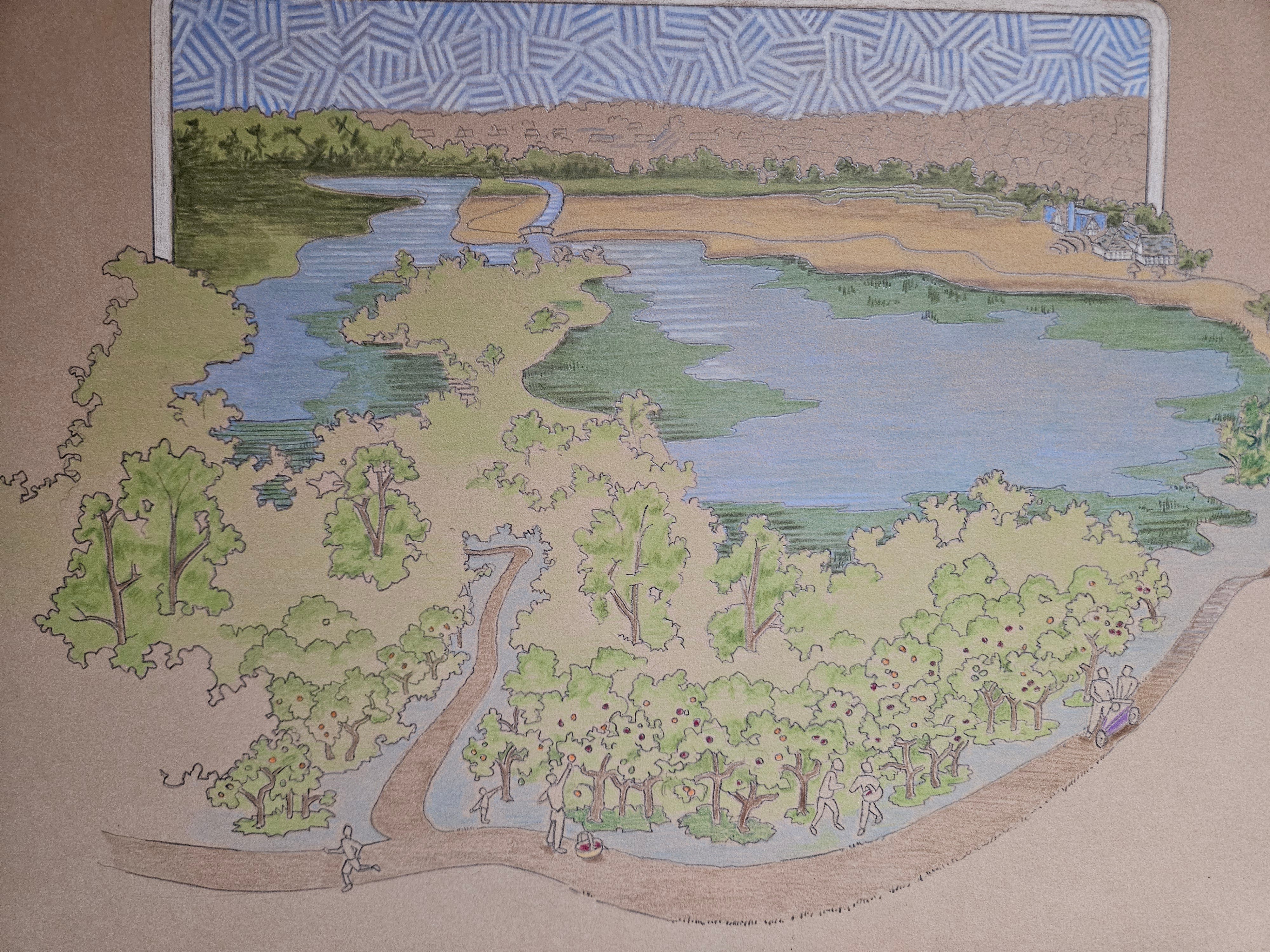
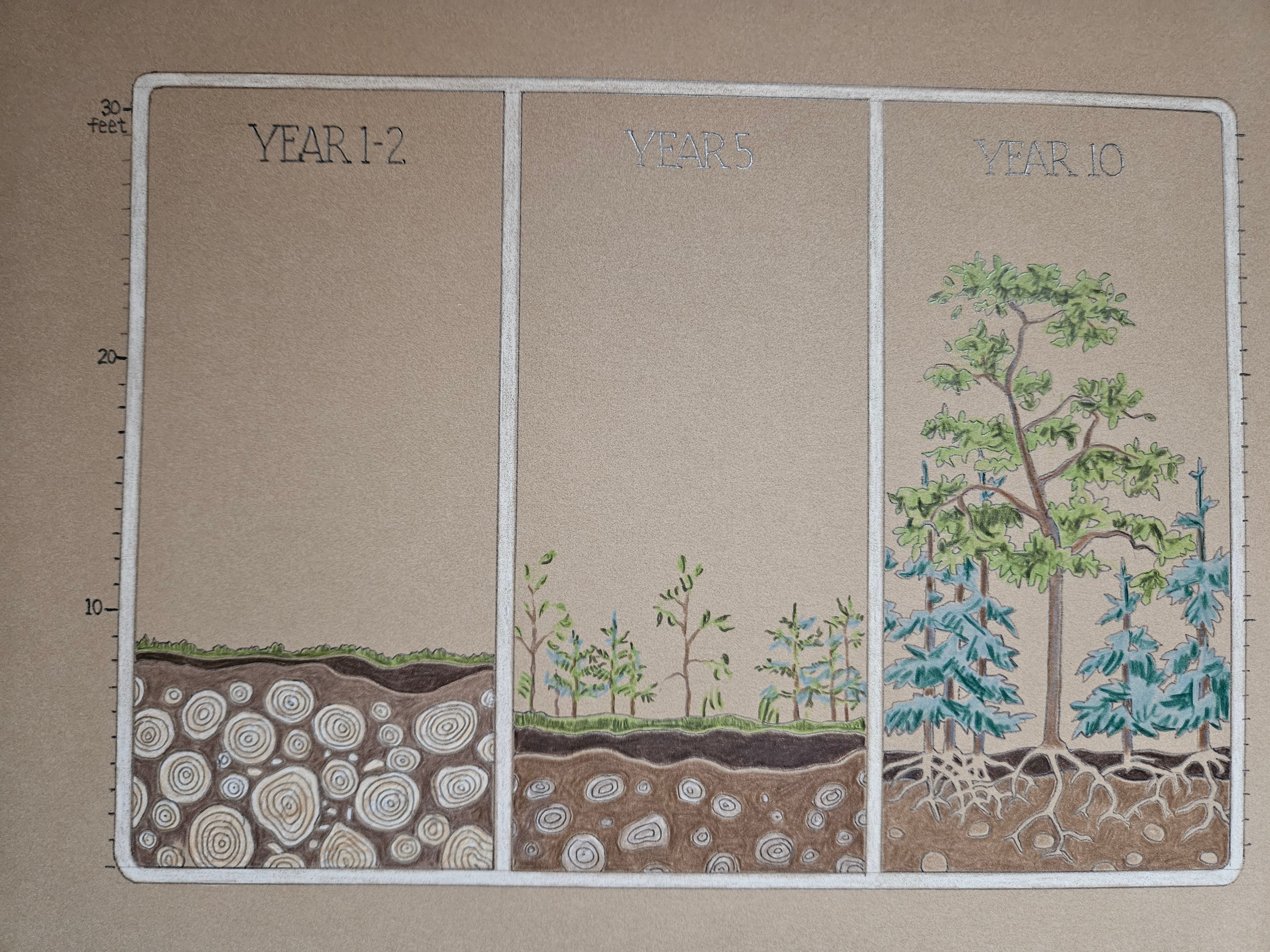
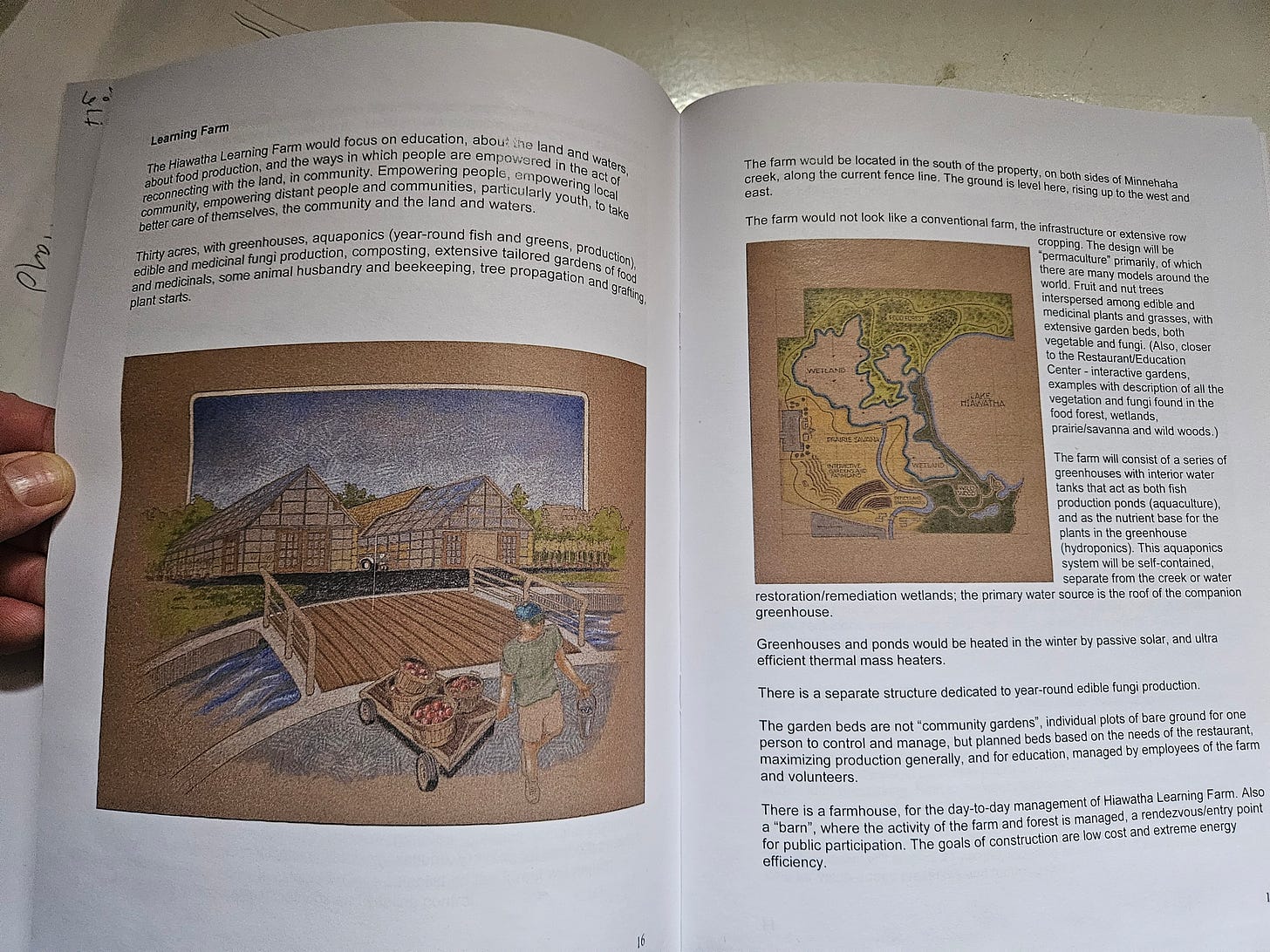
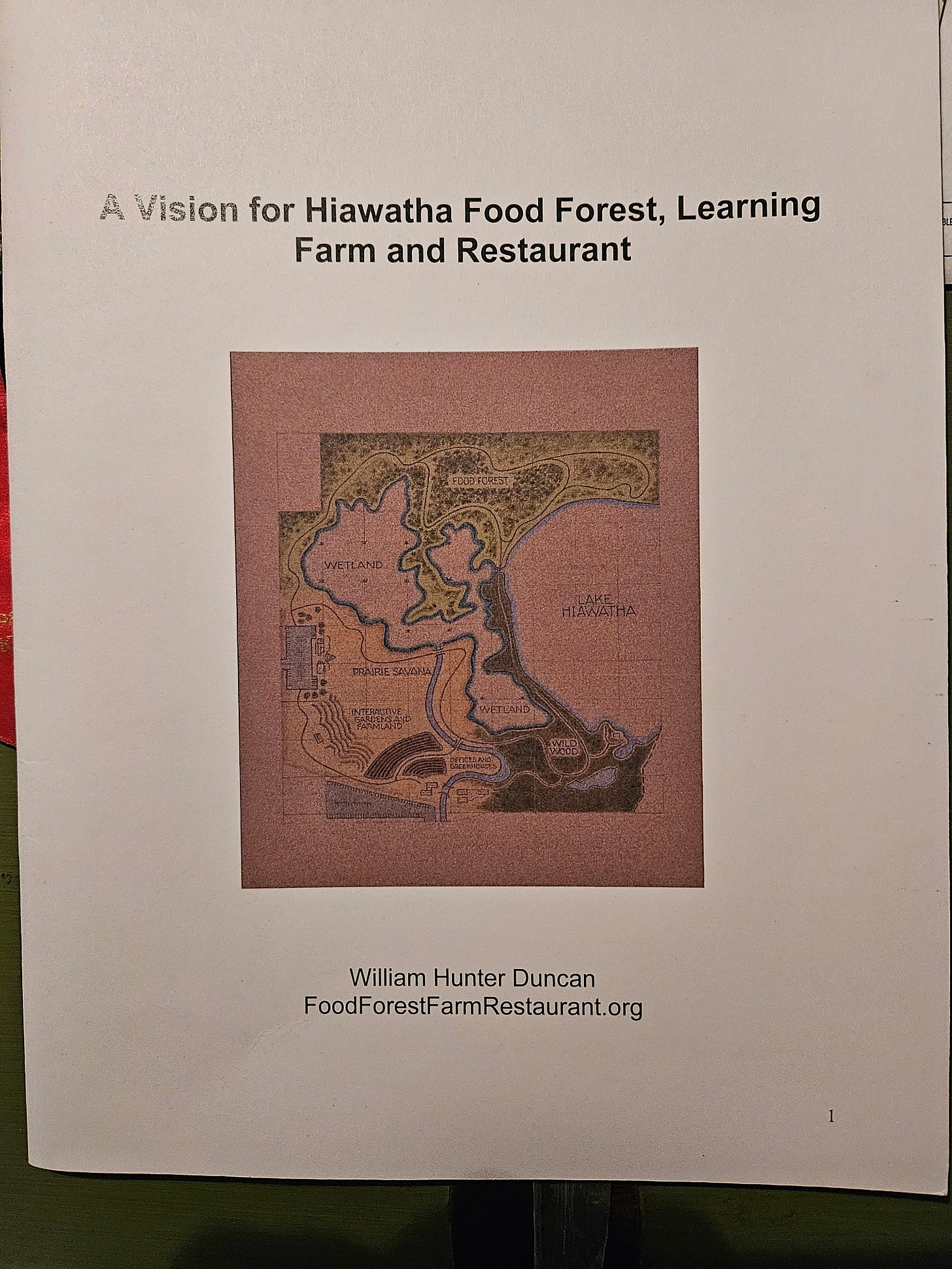
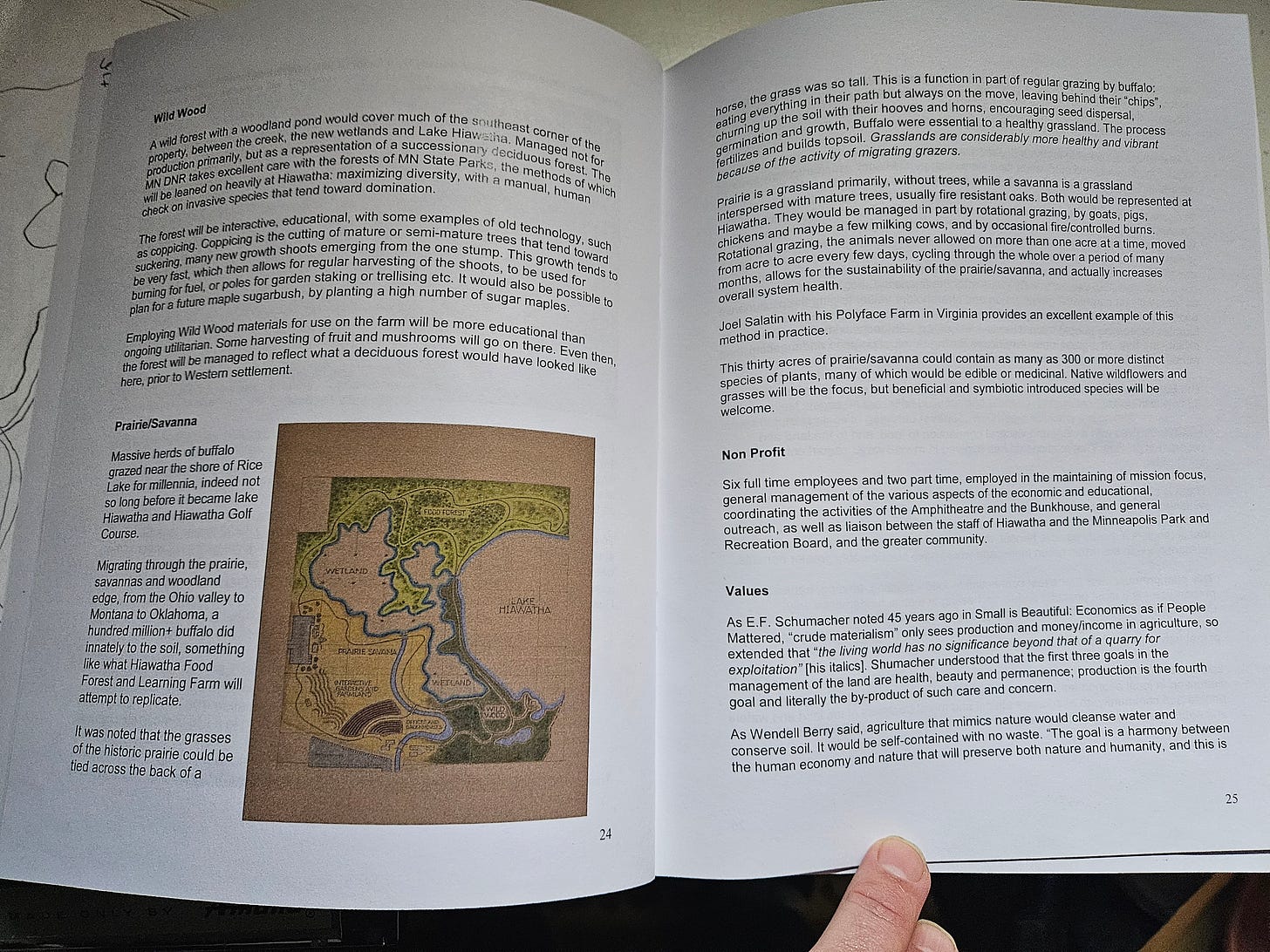
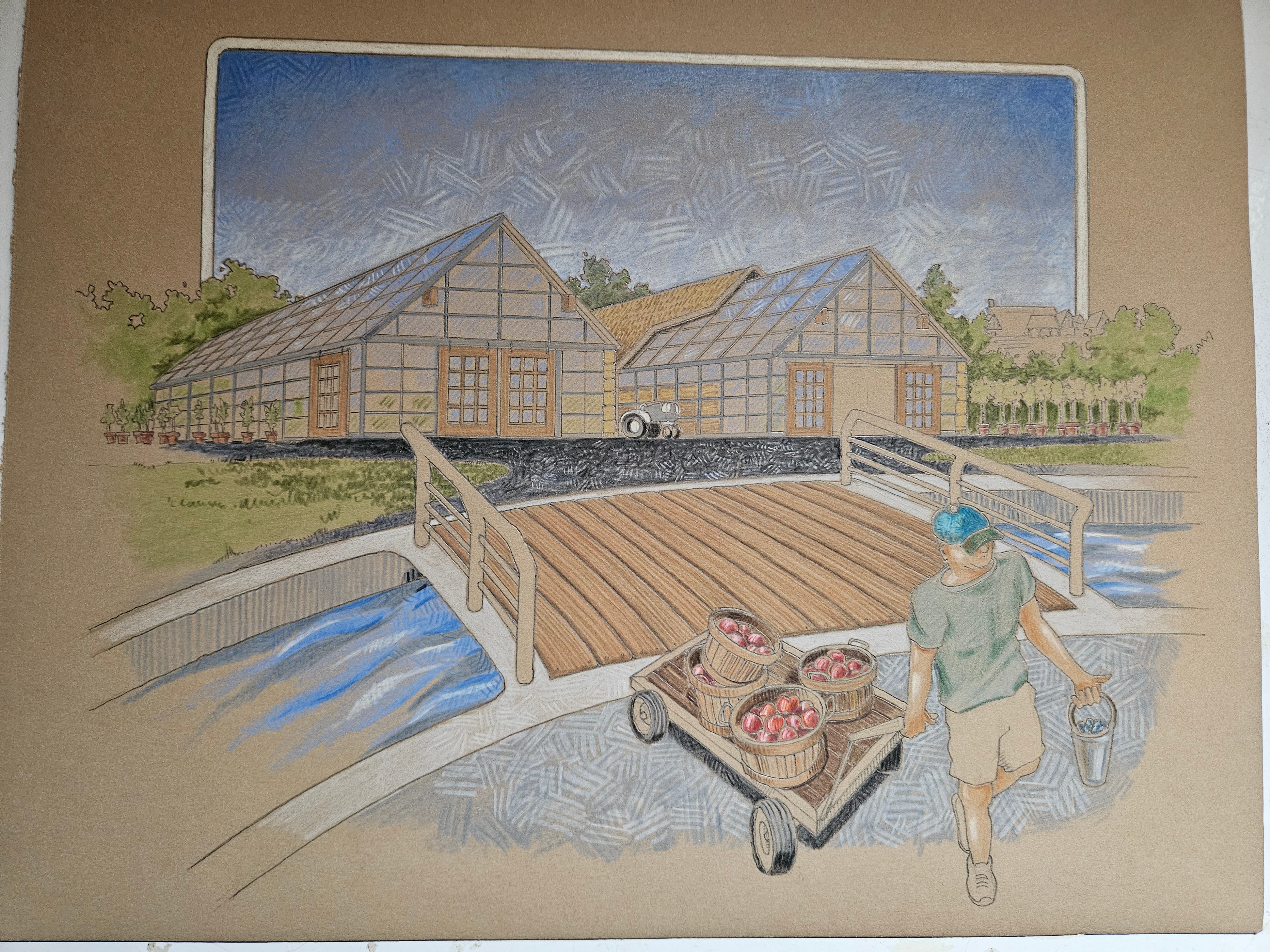
Even if the plan never materializes, the effort to imagine it and expound upon it is worthwhile.
My principle is that it's easier to transform everything than it is to transform any one thing without transforming everything, because the former may be hard but the latter is impossible.
It's hard to get people interested in the abstracts of economics. It's when you start thinking about specific projects like this and how easily they could be done under the new system that they become exciting. This is just the sort of idea that would flourish in Duncanville, your vision of the future possible under my system.
In Santa Cruz, I've had my eye on Wilder Ranch, a former cattle ranch that's now a state park with land that's been degraded and needs to be restored with regenerative agriculture using good animal husbandry practices. I picture each block of the Westside, closest to it, having a plot of land and two days a week when a shuttle takes them there, to work under people who know what they're doing while others prepare lunch at the ranch house. Food is something we should all be involved in!
Here's the system in the latest episode: https://thirdparadigm.substack.com/p/caretology.